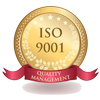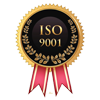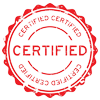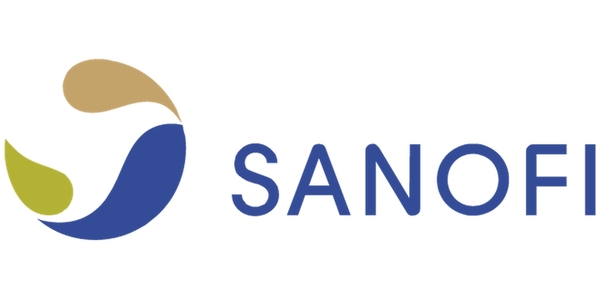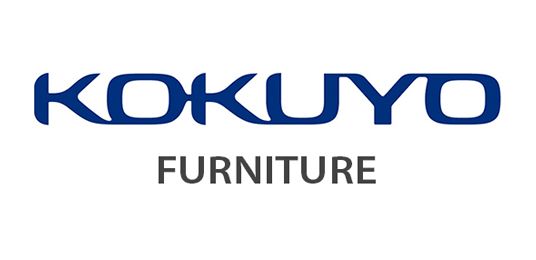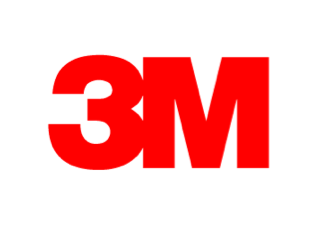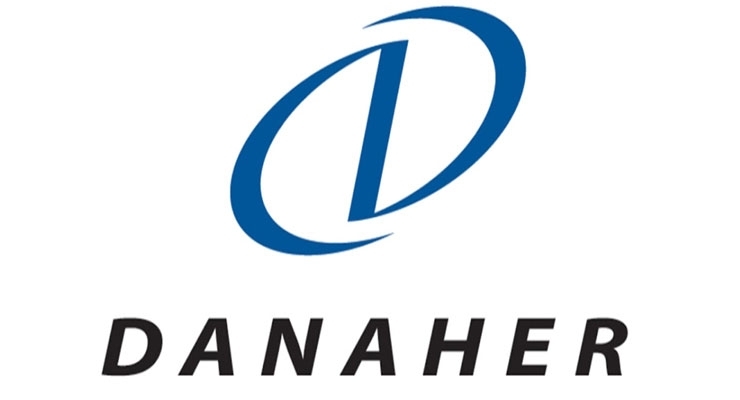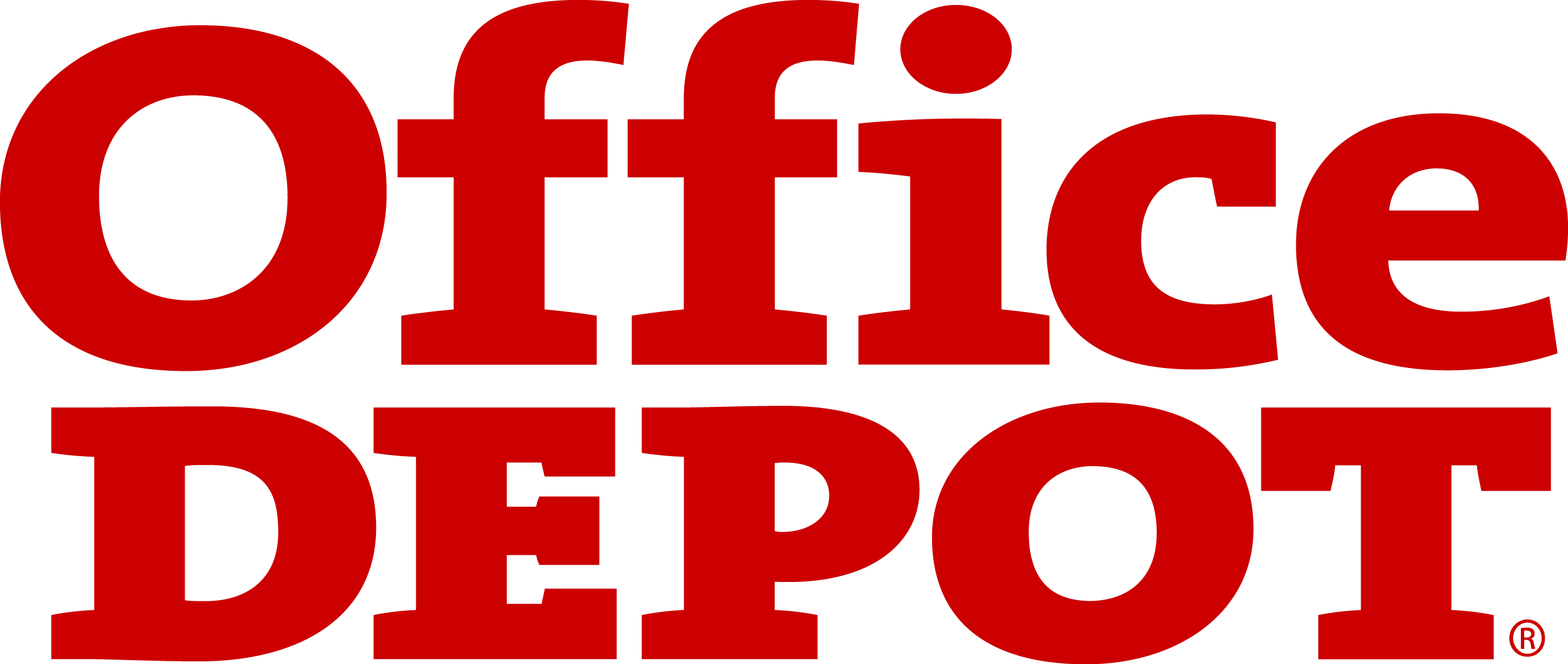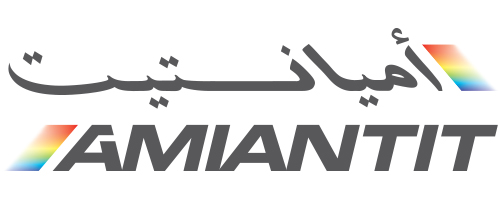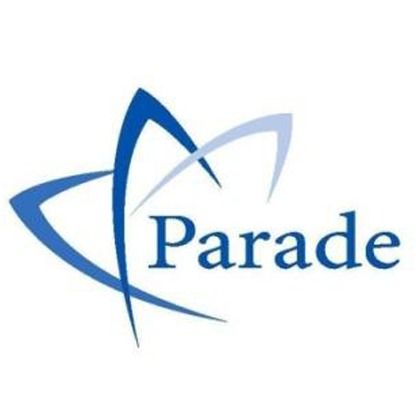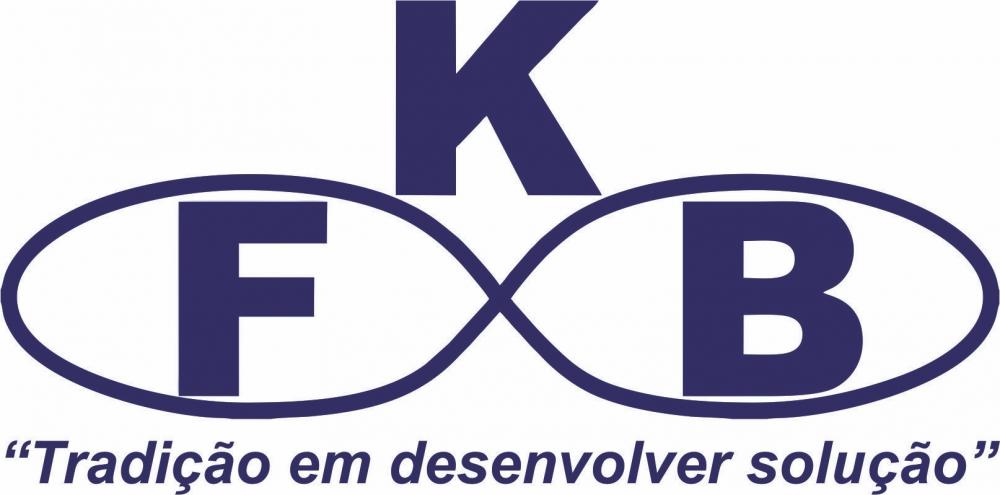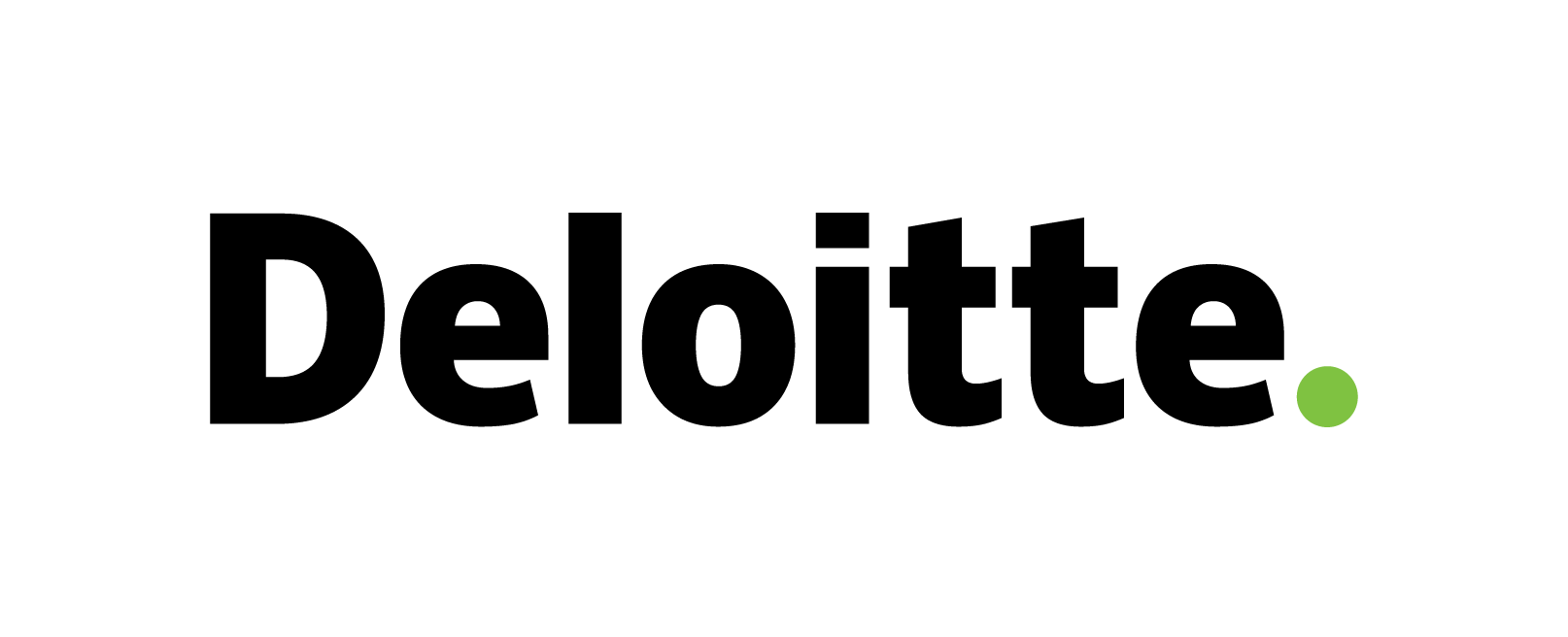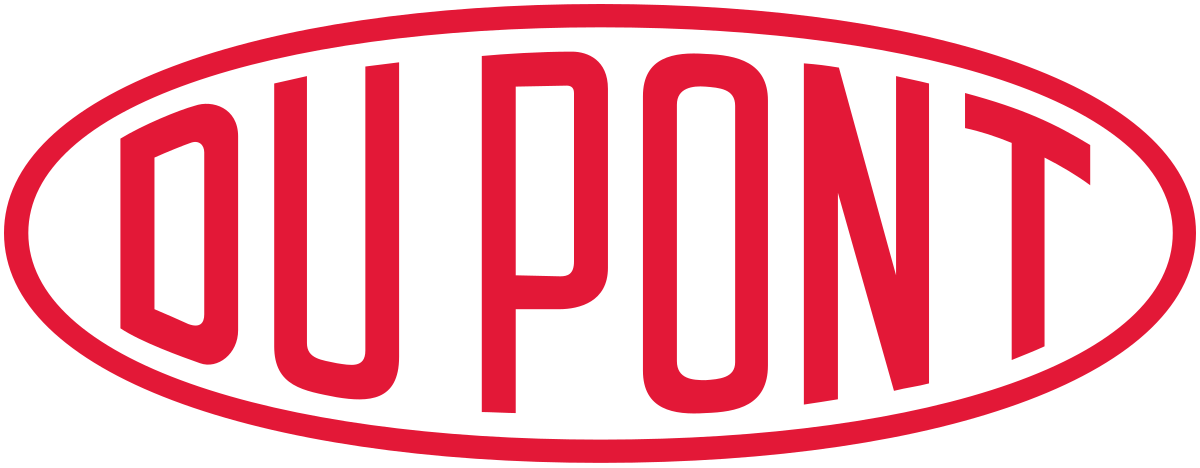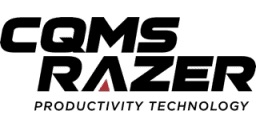Aviation Lubricants Market
Aviation Lubricants Market Trend, Opportunity, and Forecast Analysis, 2024-2032
Aviation Lubricants Market is segmented by Type, Technology, End User, Application, Platform and by Region. KDMI analyst foresees market revenue to cross USD 1482.43 Million by 2032 by growing with a CAGR of 6.5% during 2024-2032.
Aviation Lubricants Market Highlights
The global aviation lubricants market is expected to cross a value of USD 1482.43 million by the end of 2032. The market was valued at USD 911.91 million in 2023 and is expected to expand at a CAGR of 6.5% between 2024-2032.
- Over the mid-term, the rising need for fleet modernization programs by airline operators is the primary factor anticipated to drive the global aviation lubricants market.
- The fluctuating crude oil prices is a major factor to challenge the market growth.
- The North America aviation lubricants market is projected to dominate the global market.
Aviation Lubricants Market: Report Scope |
|
|
Base Year |
2023 |
|
Base Year Market Size |
USD 911.91 Million |
|
Forecast Year |
2024-2032 |
|
Forecast Year Market Size |
USD 1482.43 Million |
|
CAGR Value |
6.5% |
|
Aviation Lubricants Market Key Trends/Major Growth Drivers |
|
|
Restraint Factors |
|
|
Aviation Lubricants Market Segmentation |
|
|
Aviation Lubricants Market Key Players |
Shell plc, Exxon Mobil Corporation, Total Energies Company, BP p.l.c., PJSC LUKOIL, Royal Dutch Shell Plc., Total Group, NYCO, Lalizas Italia S.r.L., Eastman Chemical Company, The Chemours Company, Phillips 66 Company, Nye Lubricants Inc., and others. |
Aviation Lubricants Market Outlook
Aviation lubricants are specialized fluids or greases used to lubricate various components and systems in aircraft, including engines, landing gear, hydraulic systems, and auxiliary power units (APUs). These lubricants play a crucial role in ensuring the safe and efficient operation of aircraft by reducing friction, dissipating heat, preventing wear and corrosion, and maintaining proper function of moving parts.
One of the primary factors associated with the global aviation lubricants market, according to our experts at KD Market Insights, is the rising need for fleet modernization programs by airline operators. Airlines are expanding their fleet and flight frequencies to meet the growing passenger demand for air travel. This, as a result, has raised the consumption of lubricants for aircraft engines and components, which is expected to drive the market growth. Our experts predict that in the 1st quarter of 2024, a total of 8.6 million flights were scheduled. Shell plc, Exxon Mobil Corporation, and Total Energies Company are some of the significant parties in the global market for aviation lubricants.
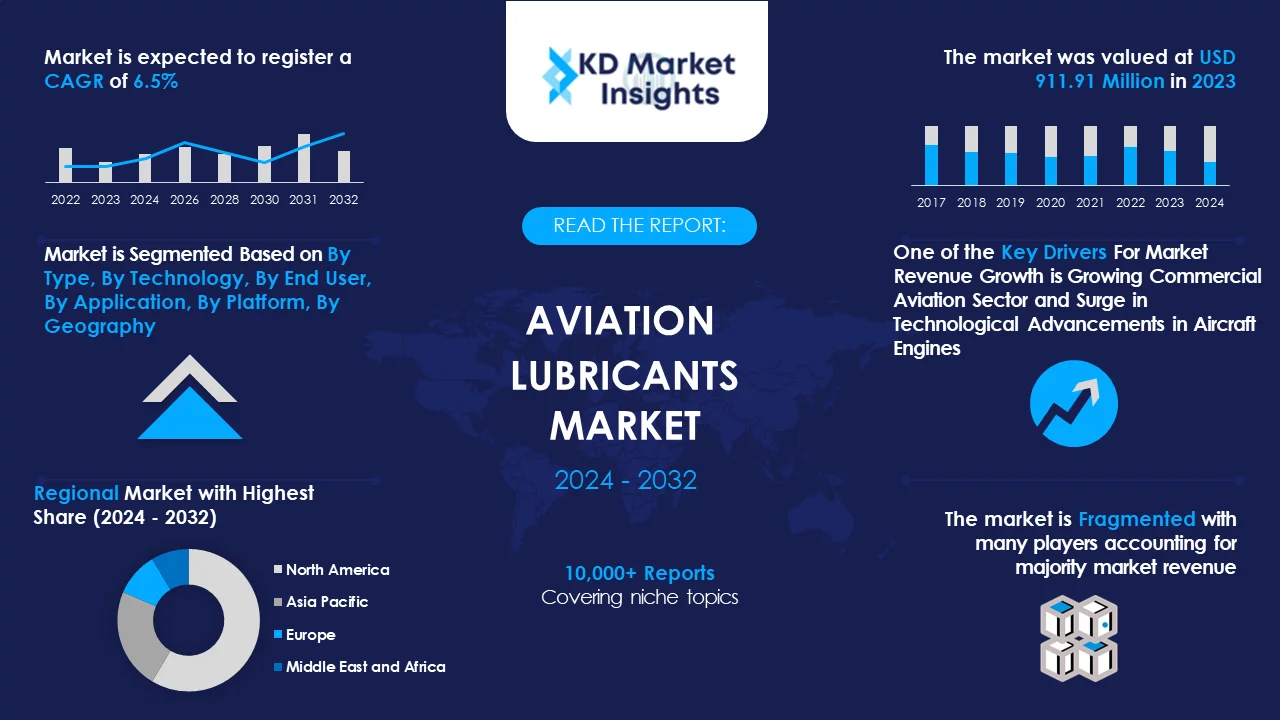 Get More Insights on This Report - Request Free Sample PDF
Get More Insights on This Report - Request Free Sample PDF
Aviation Lubricants Market Drivers – Analyst’s Observation
According to the analysts at KD Market Insights, some key growth drivers for the global aviation lubricants market are:
- Growing Commercial Aviation Sector: Backed by the rising demand for air travel worldwide, the commercial aviation sector is witnessing a steepening growth, particularly in emerging markets and region. With airlines investing in new aircraft acquisitions and fleet modernization programs, there is a growing need for high-performance lubricants to ensure the safe and efficient operation of aircraft engines and systems, which is expected to contribute to the market growth in the coming years. According to the statistics by the International Air Transport Association (IATA), the expected revenue to be generated by the global commercial airlines sector by the end of 2024 is expected to reach USD 964 million. This would be an increase by USD 384 million in the year 2020.
- Surge in Technological Advancements in Aircraft Engines: Increasing advancements in aircraft engine technology, such as the development of high-bypass turbofan engines and more fuel-efficient powerplants, is expected to drive the demand for specialized lubricants. Modern day lubricants are designed specially to meet the unique requirements of modern engine designs. Moreover, aviation lubricant manufacturers are working towards innovating lubricant formulations that deliver superior performance, durability, and fuel efficiency. Such factors are therefore expected to contribute to the growth of the market in the coming years.
Which Probable Factors Could Hamper the Growing Aviation Lubricants Market Trend?
As per our KD Market Insights analysis, some of the challenges expected to limit the global market growth of aviation lubricants are:
- Increasing Stringent Regulatory Standards: The aviation industry is subject to stringent regulatory standards and certifications governing the quality, performance, and safety of aviation lubricants as set by organizations, such as the Federal Aviation Administration (FAA) and the European Aviation Safety Agency (EASA). This, as a result, is expected to pose significant challenges to the growth of the market in the coming years.
- Fluctuating Crude Oil Prices: The increasing fluctuations observed in the crude oil prices, which impacts the cost of base oils used to manufacture aviation lubricants, and thus, affects the overall cost structure of aviation lubricants, is expected to limit the market growth.
How is the Global Aviation Lubricants Market Segmented?
Our experts at KD Market Insights have segmented the global aviation lubricants market as:
|
By Type |
|
|
By Technology |
|
|
By End User |
|
|
By Application |
|
|
By Platform |
|
|
By Region |
|
What are the Probable Factors Influencing the North America Aviation Lubricants Market Forecast?
The North America aviation lubricants market is majorly driven by rising focus of the airline operators on making efficient use of their aviation fleet. North America is a major hub for commercial air travel, with a significant number of airlines operating extensive networks of domestic and international routes. The airline operators are therefore increasing the operating hours of their commercial aircraft fleet of various airlines, which is anticipated to drive the demand for aviation lubricants.
As per our analysts at KD Market Insights, the following five players lead the North America aviation lubricants market growth:
- ExxonMobil Corporation
- Shell Aviation
- Phillips 66 Aviation
- Chevron Corporation
- AeroShell (Shell Group)
|
Key Countries to Watch for in North America Aviation Lubricants Market |
Key Insights |
|
United States Aviation Lubricants Market to Register the Largest Regional Market Share in 2032 |
USD 415.9 Million |
|
Canada Aviation Lubricants Market to Grow with the Highest CAGR During 2024-2032 |
6.9% |
Which Key Players Top the Global Aviation Lubricants Market Share?
As per our analysts at KD Market Insights, the competitive landscape of global aviation lubricants market facilitates our readers in identifying their closest competitors. The manufacturers who are associated with aviation lubricants market are raising their focus on expanding their presence, as well as their market share. The market has also been witnessing an upward movement in the number of collaborations between research institutions and key players, aimed at introducing advanced technologies and innovation of new products. Here is a list of the key players who top the global aviation lubricants market share:
- Shell plc
- Exxon Mobil Corporation
- Total Energies Company
- BP p.l.c.
- PJSC LUKOIL
- Royal Dutch Shell Plc.
- Total Group
- NYCO
- Lalizas Italia S.r.L
- Eastman Chemical Company
- The Chemours Company
- Phillips 66 Company
- Nye Lubricants Inc.
What are the Recent Developments Observed in the Aviation Lubricants Market?
Over the years, the experts at KD Market Insights have been observing the recent developments associated with global aviation lubricants market trends. Our expert’s market forecast analysis has recorded the market players adopting plentiful of key strategies including new product launches, mergers & acquisitions, and collaborations.
For instance, Mesa Airlines announced that it has signed a contract for five years with Boeing Distribution Inc. for procuring aviation lubricants, namely, Mobil Jet Oil II and Mobil HyJet IV-Aplus, manufactured by ExxonMobil.
Further, Airblue Limited announced that it has selected TurboNYCOil 600 manufactured by NYCO for use in its fleet of A320 and A321 aircraft.

Need Customized Report for Your Business ?
Utilize the Power of Customized Research Aligned with Your Business Goals
Request for Customized Report- Quick Contact -
- ISO Certified Logo -
